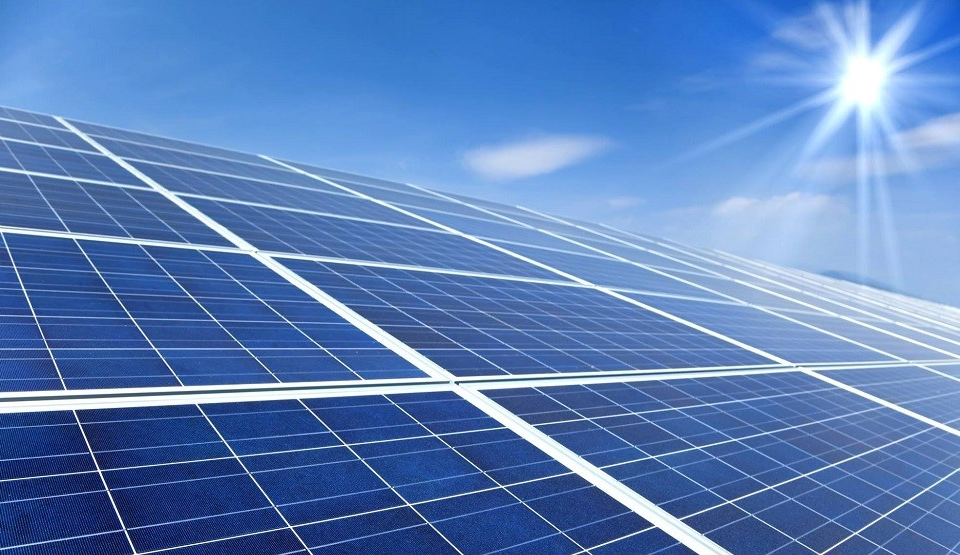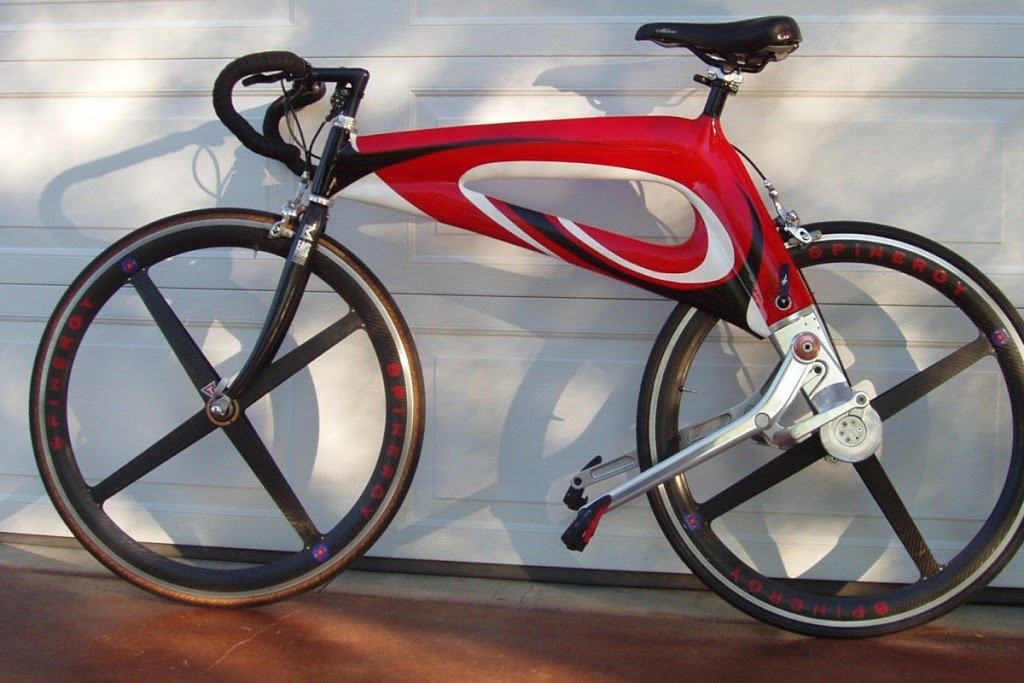
The working of a solar power plant involves the conversion of sunlight into usable electricity. The process begins with solar panels that absorb sunlight and convert it into DC electricity. The DC electricity is then converted into AC electricity using an inverter. The AC electricity is then sent to the grid or used to power a building. Solar power plants also have batteries that store excess electricity for later use and charge controllers that regulate the flow of electricity to the batteries.
Understanding the working of a solar power plant is important for anyone considering investing in solar energy.
Table of Content:
What is a solar power plant?
The utility-scale converts sunlight to energy and relies partially on solar technologies. The primary goal of a solar power plant is to reduce the amount of money spent on electricity by providing more energy. Accomplishing this goal requires utilising both large and small solar power plants. The active components take in sunlight and convert it from direct to alternating current to produce power. Batteries and a variety of other accessories are required for solar energy conversion.
The process of transforming solar energy into electricity
Solar Panels
Solar power plants revolve around their photovoltaic panels. Solar panels are the most important factor in a plant’s overall health and comprise a collection of solar cells. To collect the most sunlight possible, the panels are installed on the roof of the building at an incline.
Battery Management System
A battery charge controller ensures that the batteries receive a continuous electricity supply, useful on cloudy days or at night when there is less sunlight. This takes care of the battery and prevents the battery from becoming discharged or overcharged. Taking care of the battery.
The disconnect of the solar power
A solar power disconnect interrupts the flow of direct current (DC) electricity from a solar panel. In addition to this, it investigates issues concerning the solar system. This component should have sufficient strength to manage the power even when the sun shines brightly.
Solar cells
Solar cells bear a significant amount of responsibility for the flow of power. P-type and n-type silicon semiconductors construct the unit that generates energy. The solar cells take in the sunlight’s energy and convert it into electrical charges, which then react to the solar cells’ own internal electric field.
Storage for long-term deep-cycle batteries
The solar system needs to have storage in the form of deep-cycle batteries to store the energy produced by solar panels. They have a high level of durability and are in charge of the charging and discharging cycles.
Solar power system metering
A solar power system meter is a non-essential component that, if included, has the potential to increase the efficiency of the solar power system significantly.
How does sunlight become usable energy?
Here’s a step-by-step look at how solar panels function.
Silicon cells, metal frames, and specialized wiring are used to construct solar panels. When these panels are arranged in a cluster and placed on the rooftop, they are triggered by the sunlight they absorb.
Solar cells consist of a layer that is positively charged and another layer that is negatively charged. As soon as the energy comes into contact with a solar cell, it starts producing electrons and an electric current.
Solar panels are devices that are used to convert sunlight into power in an effective manner. Yet, the generated electricity is in the DC form and can readily be converted into the AC form.
The electricity that has been converted will then be used to power all of the appliances. The electric panels will act as a conduit for the flow of electricity, which will then be distributed to the various utilities.
A smart electric meter will measure both the amount of energy used and the amount of energy produced. The component will quantify the surplus power, and it will be sent back when it is necessary.
What are the types of solar power plants?
Solar power production is accomplished by utilising two distinct forms of solar technology: photovoltaic and solar thermal technology.
Photovoltaic Solar Power Plant
Photovoltaic cells are essential to operating a photovoltaic solar power plant, also abbreviated as PV. These panels can be purchased in various configurations and are constructed using silicon alloys. They can convert the energy from direct to alternating current and store it in the batteries. As sunlight strikes the semiconductor material in the PV panels, this triggers the production of free electrons. An inverter changes the DC energy produced by this process, known as the photoelectric effect, into an AC form.
The photovoltaic (PV) panels are different from the solar thermal plant. Converting photons into energy is not the primary focus of the solar photovoltaic system’s operation; rather, this is the system’s primary function.
Solar Thermal Power Plant
By concentrating the sun’s rays, the sun’s energy can be used to produce electricity and heat in a solar thermal power plant. This process generates steam, which in turn results in the generation of electricity. There are three different varieties of solar thermal power plants: parabolic trough power plants, linear power plants, and solar dish power plants. Both business and residential properties may have access to the heat produced by the solar thermal power plant. After the heat from the sunlight has been absorbed, it is transferred to a fluid that consists of air, antifreeze, and water. Within the confines of a particular region, it functions as an excellent and reliable source.
Advantages of a Solar Power Plant
The following are some advantages of solar energy that are less well known.
- Excellent for the health of the environment. It is one of the most environmentally friendly forms of energy. Because renewable energy does not result in the generation of any noise pollution or trash, it does not have any bearing whatsoever on the environment.
- Because there is no requirement for any additional supplies from the outside, the cost of producing energy is almost nonexistent. Besides the initial capital expenditure when establishing a solar power plant, no further expenses are required.
- The dispersion of it results in no loss of energy at all. This maintains the highest possible level of performance.
- The assembly of a solar power plant is a straightforward and adaptable process. Almost any location is suitable for its installation. Because of its adaptability, a solar power system makes it simple to create electricity even in outlying locations.
- The sun is a source of energy that will never run out since it constantly produces new energy. Because of this, there is a plentiful supply of it.
- The effectiveness of solar power becomes relevant if there is a drop in voltage or a power outage.
- Because of the daytime peak in energy output, the cost of power is at its lowest during the day.
- Expect free power for the rest of your life in exchange for a one-time investment.
- Only three years is all it takes to see a return on your investment.
- The method of producing electricity that is least harmful to the environment.








